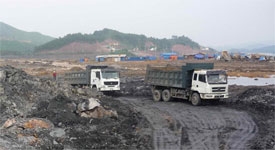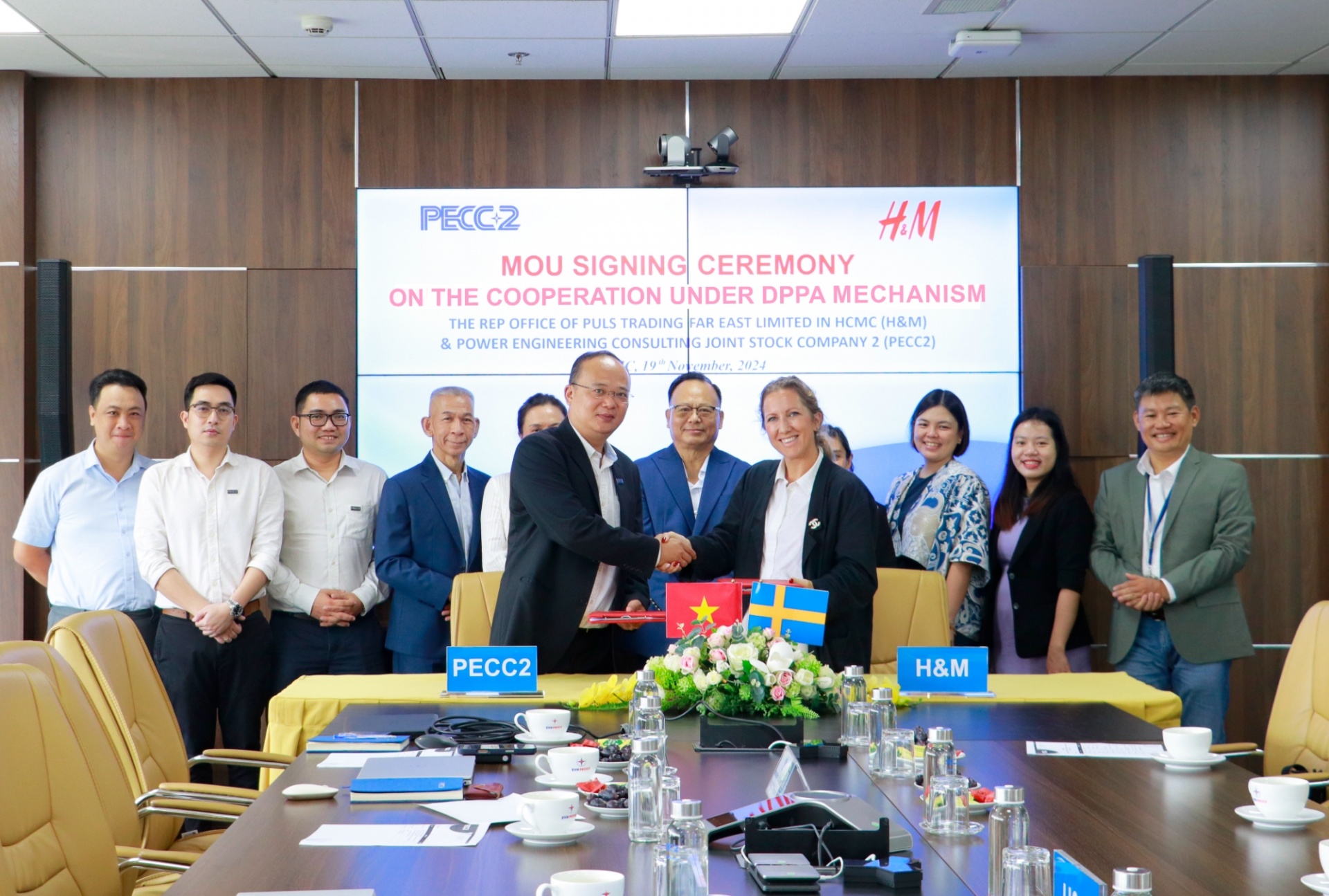Power outlook set to brighten up
 |
| Mong Duong 2 projects - illustration photo |
Vietnam’s manufacturers can look forward to more stable power supply in future with two giant coal-fired power plants slated to come online.
The investors of the two plants, both independent foreign power producers, have now completed administrative procedures which green-light their projects’ construction.
Jaks Resources Bhd late last month received an investment certificate for their $2.25 billion coal-fired power plant project in northern Hai Duong province after negotiations stretching over several years.
Jaks Resources will have 15 months to stump up finances for the project and the first turbine will be built during the following 42 months, according to the investment certificate.
The 1,200 megawatt Hai Duong thermoelectricity power plant is the fourth build-operate-transfer (BOT) power project in Vietnam to be fuelled by a foreign independent power investor, following Phu My 3, Phu My 2.2 and Mong Duong 2.
Regarding Mong Duong 2 project in northern Quang Ninh province, Prime Minister Nguyen Tan Dung recently ordered the Ministry of Planning and Investment (MPI) to issue an amended investment certificate given its changed ownership structure. In February, AES Corporation sold 30 per cent of its stake in AES-VCM Mong Duong Power Co. Ltd to South Korea’s Posco Power Corp. A further 19 per cent was offloaded to China Investment Company of China. Vietnam’s state-run Vinacomin already pulled out of the project.
Upon obtaining an adjusted investment certificate, the new joint venture can push ahead with construction of the $1.9 billion project, which was initially scheduled for this month.
Once completed in 2014, those two projects will help ease the severe electricity shortfall in Vietnam.
“Electricity shortage is one of the biggest concerns for foreign investors. The movements on the Hai Duong and Mong Duong 2 projects are really positive signs at this time,” said a source at the MPI.
Electricity consumption is projected to rise rapidly – at a rate of at least 12 per cent annually, or double gross domestic product. Meanwhile, the construction of new power plant capacity in Vietnam is not keeping pace with demand and this is resulting in a shortfall in power supply, especially at times of peak demand.
The situation is particularly serious during the dry season because of the impact on hydroelectric power plants, which make up around 40 per cent of the country’s installed capacity. In 2010, this led to severe power shortages and cuts.
On average, the electricity outage hours for each firm almost doubled from 50 hours in 2009 to 89 hours in 2010, according to a report of the infrastructure working group at Vietnam Business Forum (VBF).
The regular outages have even forced some foreign manufacturers to mull over relocating manufacturing bases to other countries, a report of the committee of Vietnam-Japan Joint Initiative Action Programme says.
While the steps at Hai Duong and Mong Duong 2 power projects will help boost power supply in future, the Electricity Regulatory Authority of Vietnam announced that power supply in the next six months “will be significantly improved compared with the first half of this year” thanks to the stable operation of hydropower plants and new coal-fired power plants.
There were fewer outages in the first half of this year because of the small floods in the northern region over the past months and low power consumption, said an Electricity of Vietnam report. The country’s largest power producer and sole power distributor also said that about 1,700MW was added to national power supply in the first half this year.
Meanwhile, growth of power consumption in the first half of this year was much lower than predicted. The real growth was just 10.31 per cent against a forecast of 18.3 per cent.
In the second half of this year, about 2,000MW will be added to power supply, said the Electricity Regulatory Authority of Vietnam. “Power supply in next six months will be stable unless we have unexpected problems at power plants or a sudden increase in demand,” said the body.
What the stars mean:
★ Poor ★ ★ Promising ★★★ Good ★★★★ Very good ★★★★★ Exceptional
 Tag:
Tag:
Related Contents
Latest News
More News
- Mitsubishi Estate launches Logicross Hai Phong - a milestone in logistics evolution (November 20, 2024 | 14:32)
- Semiconductor workforce partnerships deliver industry-relevant training (November 20, 2024 | 10:58)
- German Quickpack to invest $31.7 million in Long An province (November 20, 2024 | 09:31)
- Foreign-invested enterprises drive logistics investment in the southeast region (November 20, 2024 | 09:27)
- Chile visit underscores trade benefits (November 19, 2024 | 10:00)
- Trump’s second term impacts sci-tech activities and industry 4.0 technologies (November 18, 2024 | 10:00)
- Vietnam eyes nuclear revival to bolster energy security (November 14, 2024 | 16:46)
- Kyokuyo completes $13.5 million seafood factory in Vietnam (November 14, 2024 | 12:19)
- VinFast receives $3.5 billion funding from Vingroup and Pham Nhat Vuong (November 14, 2024 | 06:38)
- Localities sprint to reach FDI targets (November 13, 2024 | 10:00)




















 Mobile Version
Mobile Version